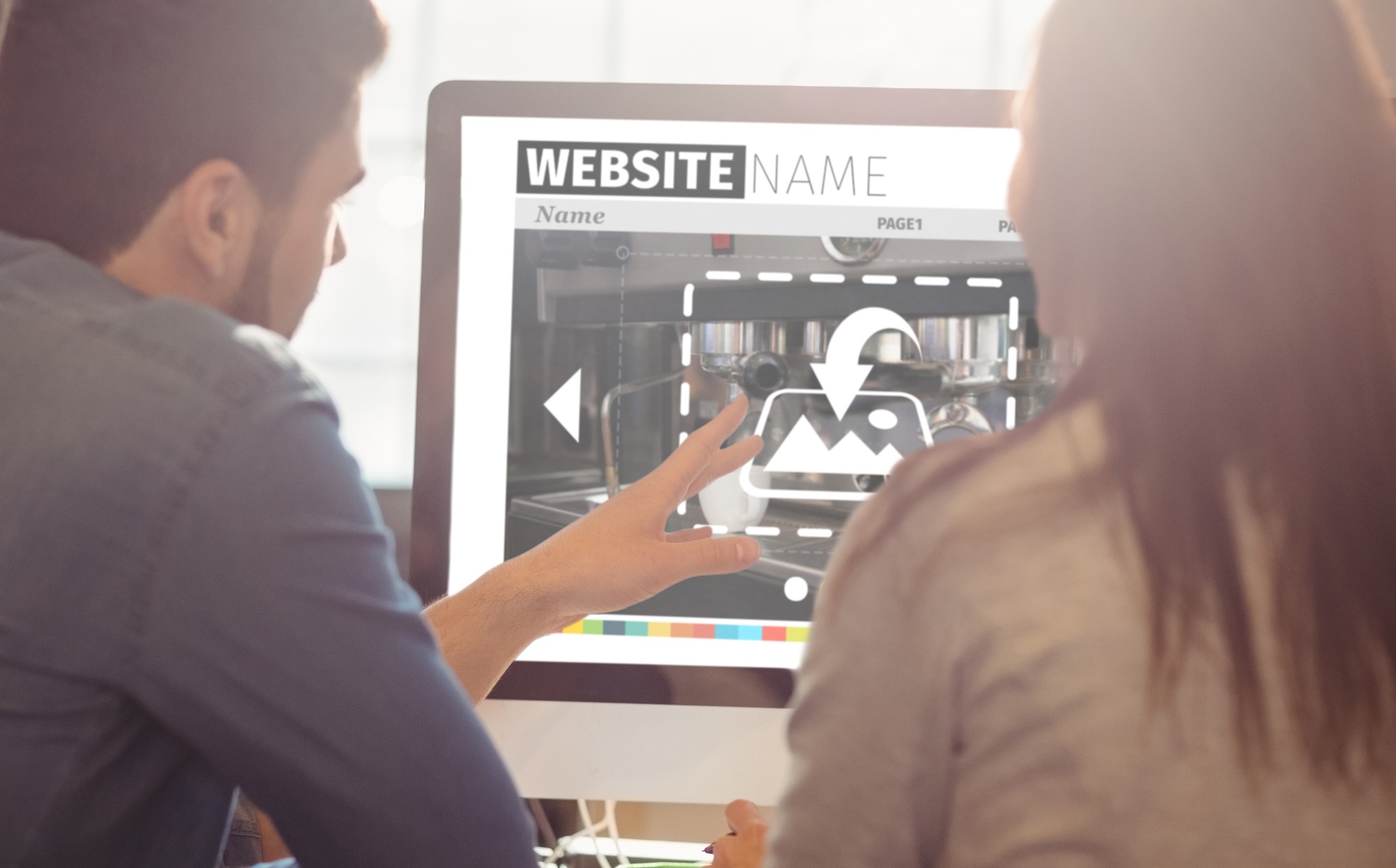
In response to a recent survey, 38 percent of respondents said that they would stop engaging with a website if they found its layout to be unattractive. How do you feel about the layouts for your webpages? Are they eye-catching, or do they leave a lot to be desired?
If you're not happy with your layouts, keep reading. Explained below are some tips and tricks that will help you design the perfect webpage layout.
There are a lot of reasons to focus on the layout of your webpages when designing a website. The following are some of the greatest advantages that you'll experience when you do this.
First of all, a better layout leads to a better user experience. If people have a positive experience when they visit your site and can easily find what they're looking for, they'll be more likely to visit it again in the future and/or make a purchase from you.
Improving your layout can improve your search engine ranking and increase your chances of making it to the top of the search engine results page, too. Remember, a positive user experience helps people to stick around on your site longer, and search engines will notice this. As a result, you'll likely be rewarded with a better ranking and an increase in traffic.
Focusing on the layout and design of your webpages can help with branding, too. If you use the right color scheme and typography on your pages, it'll be easier for people to recognize your brand. This can help them feel more confident about making purchases from you.
The right layout can make your content easier to read as well. If your content is easier to read, people will get more value from your website. They'll be more inclined to trust you, too, and will take more of an interest in what you have to offer, be it products, services, or something else altogether.
Clearly, it pays to make the website layout a priority. Are you unsure of where to begin when it comes to figuring out how to make a layout for a webpage? If so, here are some tips to remember.
First, it's important to have a clear goal in mind for each webpage. What do you want people to do when they visit a specific webpage? Where should their attention go?
Knowing what you want will help you make the right design decisions and make it easier for you to stay focused. If you have a tendency to get overwhelmed when you begin designing or don't know where to start, sitting down and thinking about your goals is essential.
The right typography can make all the difference when it comes to designing your webpages. As a general rule of thumb, it's best to limit yourself to no more than two typefaces.
Look for fonts that are easy to read. When it comes to titles and calls to action, be sure to also choose one that catches people's attention and draws their eyes.
There are lots of resources available online that can help you pick the right font pairings. You can find lots of free fonts out there, too.
When you're choosing ones, though, make sure they're consistent with your other branding efforts. That way, people will know whose website they're visiting and will feel better about sticking around or making a purchase.
In addition to typography, you also need to think about the colors used in your webpage layout. Pick colors that align with the rest of your branding and marketing efforts.
Make sure that your text colors contrast with the background colors, too. That way, everything will be easy to read and your visitors will have a more positive experience.
Consider potential color restrictions as well. Sometimes, certain colors can interfere with specific website functions and have a negative impact on the overall user experience. Check that this isn't the case before you decide to use a particular set of colors on one of your webpages.
When you're new to the world of webpage layout design, it's best to keep things simple. Don't get bogged down with tons of text or images. Stick to the basics and you'll have a much easier time creating a layout that looks great, appeals to your website visitors, and provides them with a positive experience.
Speaking of the basics, one of the most important things to remember when designing your webpage layout is to create a visual hierarchy.
A visual hierarchy helps to guide visitors' eyes to the most important parts of the webpage and ensures they see the most important information you have to offer. This includes things like headings and calls to action.
There are lots of design principles you can utilize to create a strong visual hierarchy, including the following:
Keep these design elements in mind as you start planning the layout of your page. They'll help you ensure your content is readable and make it easier for you to highlight the most important elements.
Finally, don't forget to test your layout along the way. Regular testing helps you make sure you're on the right track. It saves you from having to do a ton of revision work at the end of the project, too.
As you can see, there's a lot that goes into designing the perfect webpage layout. Are you feeling a bit overwhelmed by everything you need to keep in mind?
If this is the case, never fear. We at SEOClerks have tons of resources that can help you every step of the way. This blog post on web design and SEO is a great one to check out next.
Or, if you'd rather have someone take care of it for you, hire a freelance web design professional today.